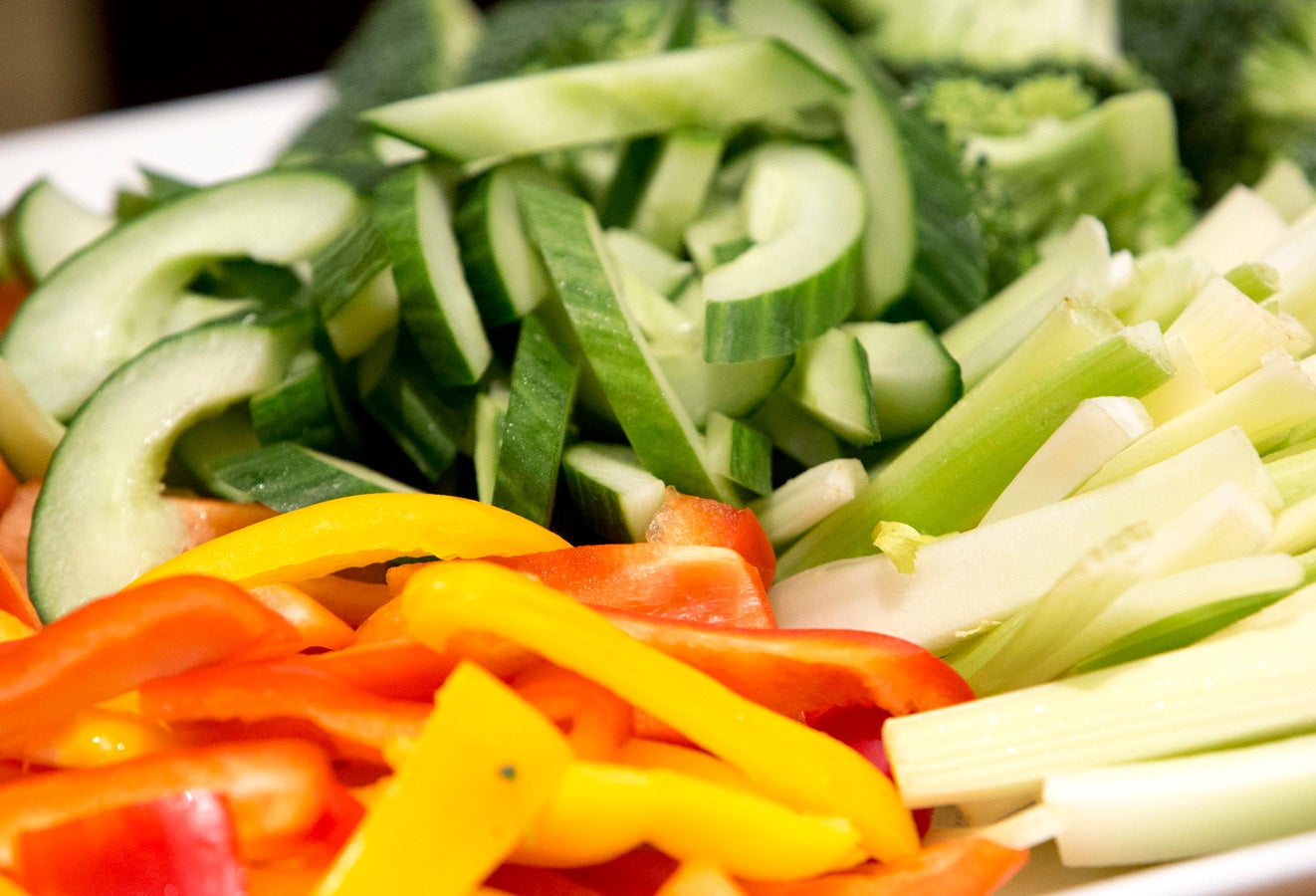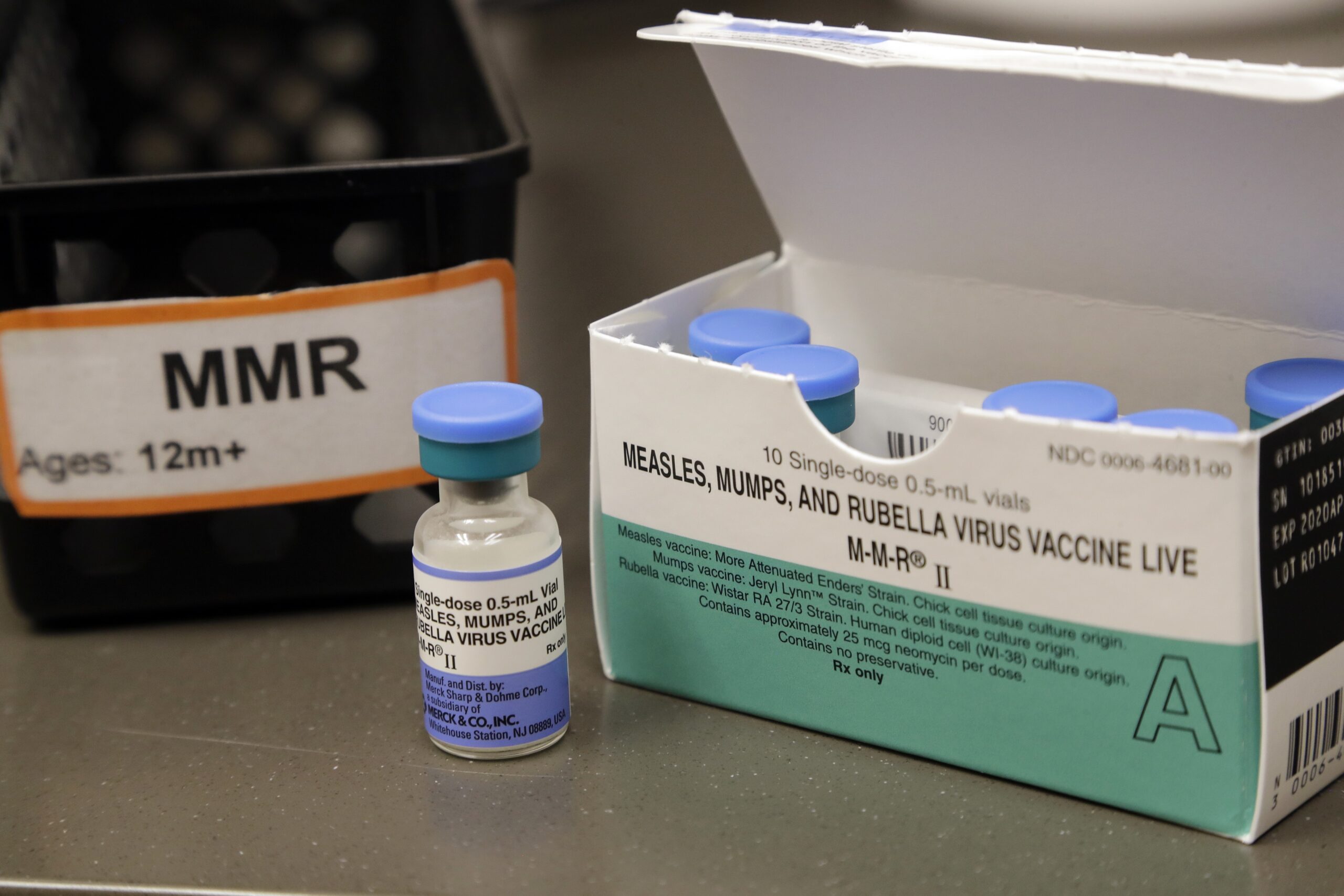Anyone who knows me knows I am a foodie. Sometimes that label gets a bad rap. A foodie can be viewed as someone who is rather snooty, an old-fashioned gourmand or an Epicurean. Someone who looks down on Wisconsin’s ubiquitous six-bean casserole.
That’s not me. It’s not my style. I’m the guy who likes all kinds of casseroles — from fancy to down-home.
I was never like this when I was a kid. My mom was a meat-and-potatoes cook. Liver and onions was the kind of meal she was proud to serve. And with good reason — it was, to my taste, deliciously done just right. After all, she was my mom.
News with a little more humanity
WPR’s “Wisconsin Today” newsletter keeps you connected to the state you love without feeling overwhelmed. No paywall. No agenda. No corporate filter.
However, when it came to starch she was all potatoes with an occasional serving of Uncle Ben’s rice mixed with Campbell’s cream of mushroom soup, to make it a bit fancy. When it came to beans or lentils, she was nowhere to be seen.
Now we know all kinds of beans are good for us — especially the kind called “pulses.” If you’ve never heard that term before, guess what? I’m in the same boat as you are.
“Pulse” is a derivation of the Latin word pultis, basically meaning to thicken soup. These crops are part of the legume family, which, by the way, is a family of nearly 2,000 species. It includes all sorts of beans — baked beans, garbanzos, black-eyed peas, broad beans, fava beans, kidney beans, pintos, etc. And for the sake of this column, it includes lentils — red, green, yellow and brown.
Lentils are a fabulous bean — inexpensive and high in protein — that you should consider because recently published research shows eating them significantly cuts down blood sugar.
The study looked at mixing lentils with carbohydrates that have a high glycemic index, or carbs that our body immediately converts into glucose, thereby increasing our risk of diabetes. Researchers from Canada’s University of Guelph, in Ontario, looked at mixing rice and lentils, or potatoes with lentils, in a 50-50 combination. So a full portion of that dinner dish would be half lentils and half rice or half lentils and half potatoes.
They found that this incredible bean, when mixed with rice, caused blood glucose to drop by 20 percent. And — get this — it dropped blood sugar by 35 percent when mixed with potatoes.
If the results of this research are repeated in larger studies, this is a critical finding. That you could take a cheap bean and mix it with your spuds to drop your blood sugar and protect your pancreas — that’s certainly a wow.
Pulses, such as lentils, can slow digestion and the release of sugars found in starch into the bloodstream, ultimately reducing blood glucose levels. Slower absorption means you don’t experience a spike in glucose. Having high levels of blood glucose over a period of time can lead to diabetes.
Why does this happen with pulses? These foods contain enzymes and fiber that inhibit the quick and rapid digestion of glucose and they encourage the production of short-chain fatty acids, which again slow glucose absorption.
The nutritional value of lentils cannot be understated. A half cup of dry lentils, which yields just over a cup of cooked lentils, has about 26 grams of protein, which is 45 percent of the daily protein requirement and 65 percent of the fiber you need. All for about 40 cents. And it’s super low in fat with minimal carbs. Is that a wow or is that a wow!
My spin: Lentils are the new item you should start putting on your foodie menu. It’s clear that this pulse of poverty super food is an awesome, healthy food for all of us, even the upper crust. Stay well.
Wisconsin Public Radio, © Copyright 2026, Board of Regents of the University of Wisconsin System and Wisconsin Educational Communications Board.





